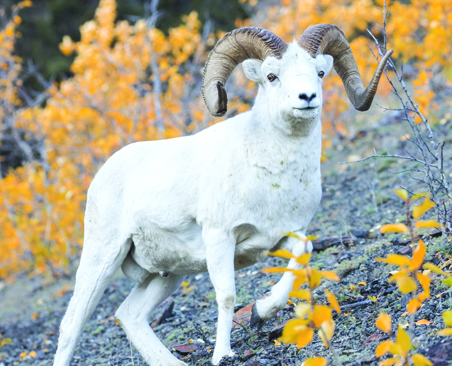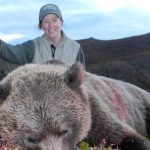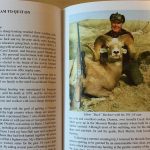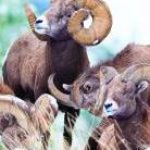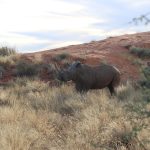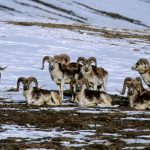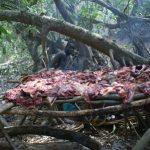Photo by Donald M. Jones
Good news and bad news from sheep country.
The world of North American wild sheep has been rocked by plenty of news lately, both good and bad.
First, the good news: Sheep populations, overall, are larger and healthier than they’ve been in decades. The Wild Sheep Foundation (WSF) estimates that somewhere between 170,000 and 190,000 sheep roam the North American continent. About 50 percent of these are “thinhorns,” the Dall and Stone sheep of Alaska, Yukon, Northwest Territories, and British Columbia. Some 80,000 are bighorns, an impressive number. And these sheep are growing big, especially in Montana, as evidenced by a couple of tremendous Rocky Mountain bighorns that stormed into the record books this year. A ram found dead on Montana’s Wild Horse Island in 2016 shattered the world record when it was found to score 216 3/8. Also this year, a young Montana hunter named Justin Sheedy shot a beautiful ram that tied the longstanding hunter-killed world record of 208 3/8.
All of this means that the hard work and years of effort on the part of wildlife managers and hunters to enlarge and nurture wild sheep populations are paying off.
But an ominous cloud formed on the sheep-hunting horizon in March with the long-feared news that Mycoplasma ovipneumoniae, a pathogen that carries a respiratory disease fatal to wild sheep, had been discovered for the first time in Dall sheep and mountain goats in Alaska.
Unfortunately, wild sheep are highly prone to fatal respiratory disease, which can sweep through herds and cause massive die-offs. Domestic sheep and goats are known to carry this pathogen, infecting wild sheep when they come into contact with them. Wildlife managers have long struggled with deadly pneumonia outbreaks in bighorn sheep herds, but the diseases have never been a problem in Dall and Stone sheep, which tend to live in wilder country farther removed from their domestic cousins.
“This alarming news out of Alaska confirms what many wild sheep conservationists have dreaded, that a domestic sheep and goat pathogen has somehow made its way into Dall sheep in Alaska, home to more than 25 percent of all wild sheep in North America,” said WSF president and CEO Gray Thornton.
The news seems to have galvanized at least some lawmakers on the state and federal levels, with the Alaska legislature passing a resolution (unfortunately nonbinding) to “support enhanced efforts to protect wildlife and domestic animals in the state from infectious diseases…” Meanwhile, in Washington, in the final proposed spending bill for FY18, Congress reissued its directive to the Department of the Interior and U.S. Forest Service to “find solutions to the risks of pneumonia die-offs in bighorn and potentially thinhorn sheep.”
Ultimately, though, any solution will require broad cooperation between state agencies, hunters and other advocates for wild sheep, holders of public land grazing permits, private landowners, and the livestock industry. It won’t be an easy task.
As has been the case throughout the history of North American wildlife conservation, however, hunters are taking the lead in finding solutions. The Wild Sheep Foundation and its state affiliates are working hard to proactively address the disease issue and other problems in sheep country. Thousands of dedicated volunteers, most of them hunters who will probably never get to hunt a wild sheep themselves, are pouring time, money, and effort into ensuring that sheep populations remain strong for future generations.
If you love the mountains, and the magnificent game animals that call them home, these organizations deserve your support.

